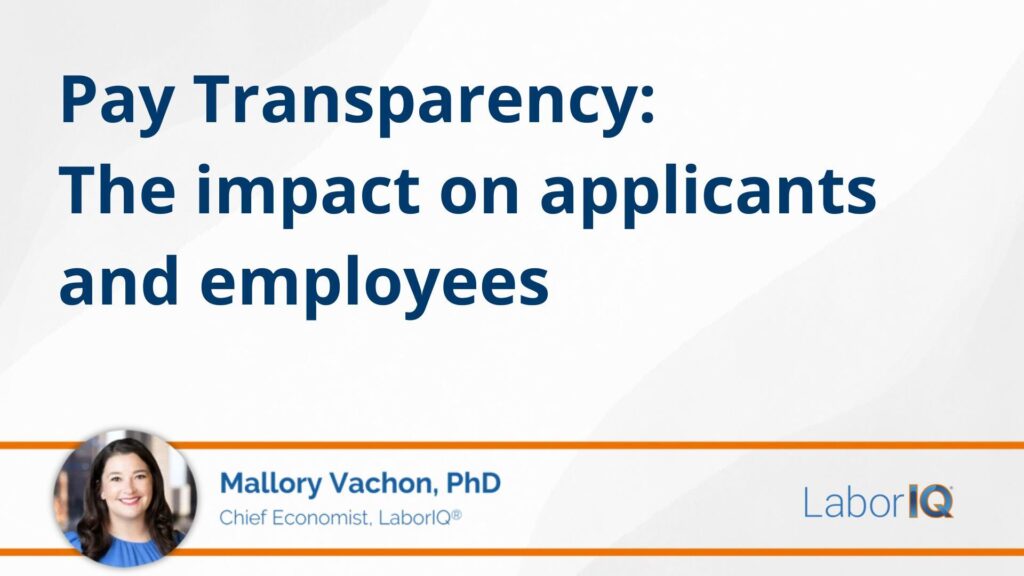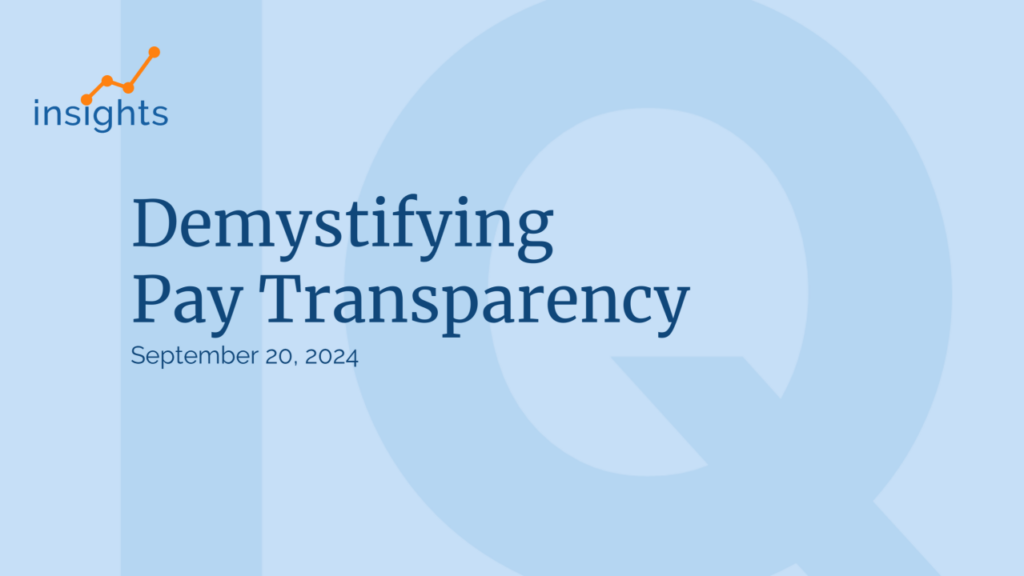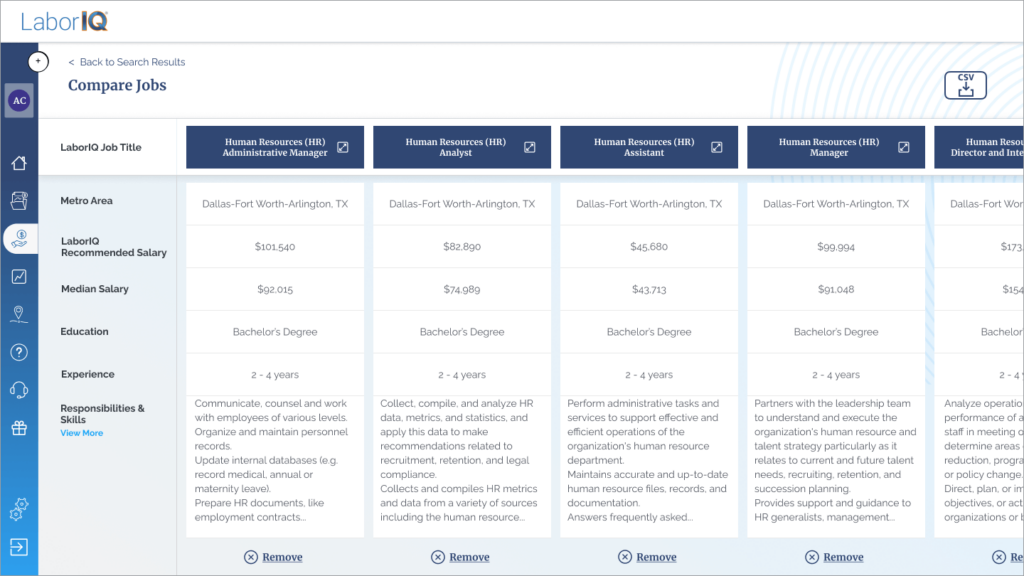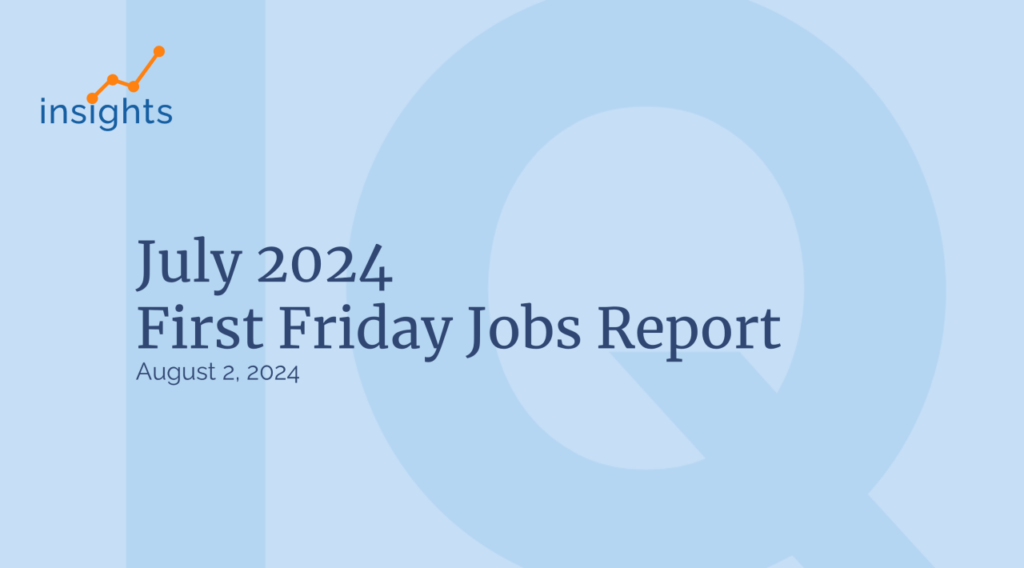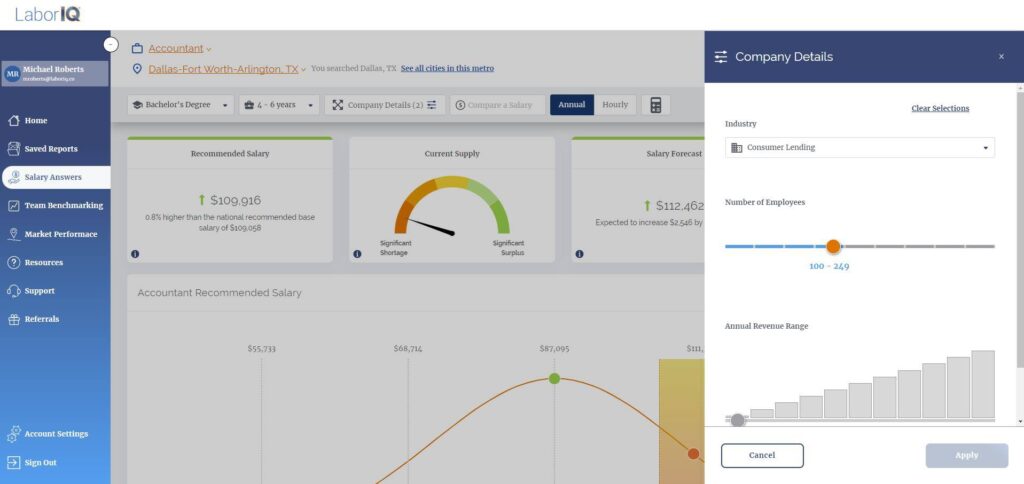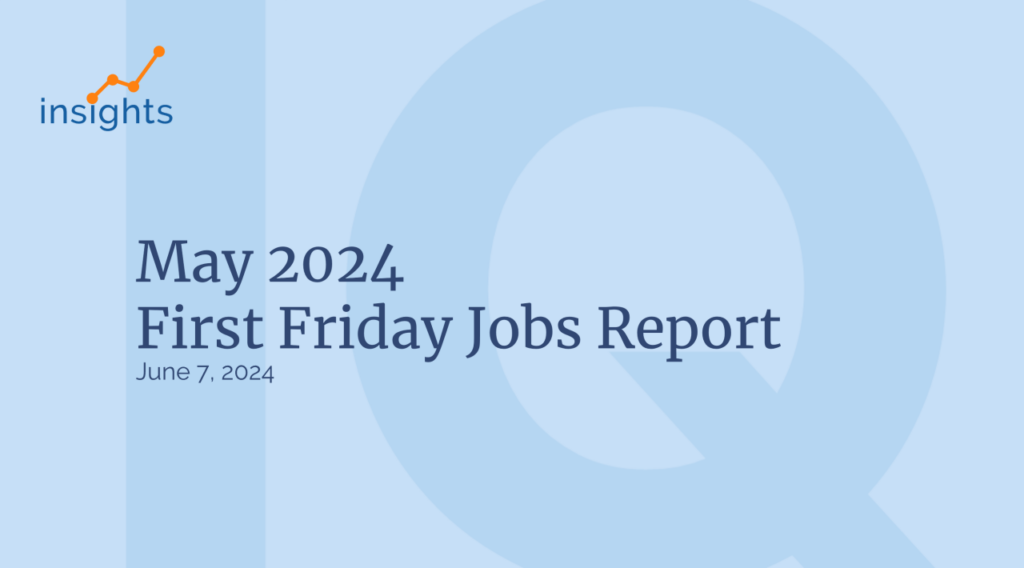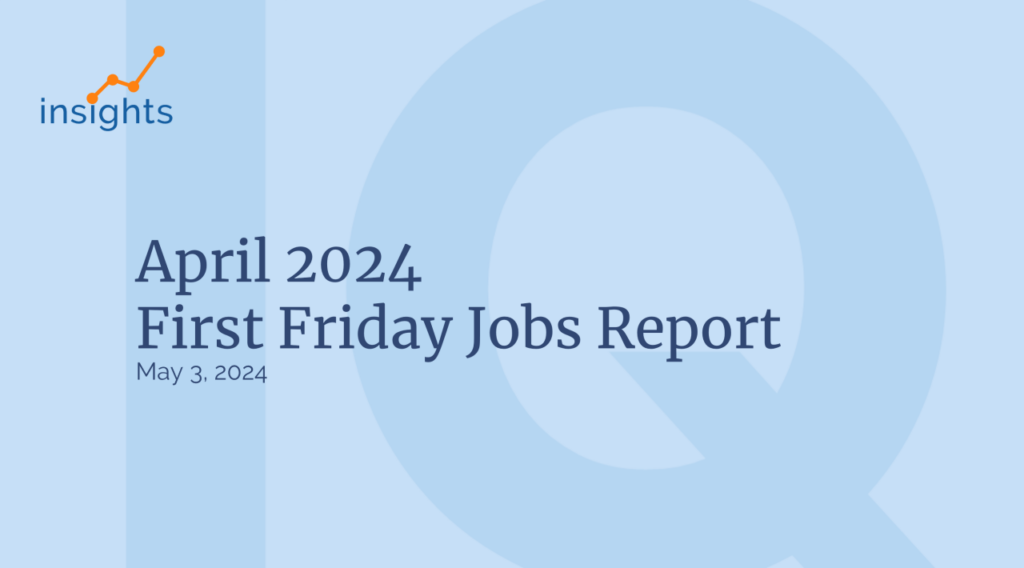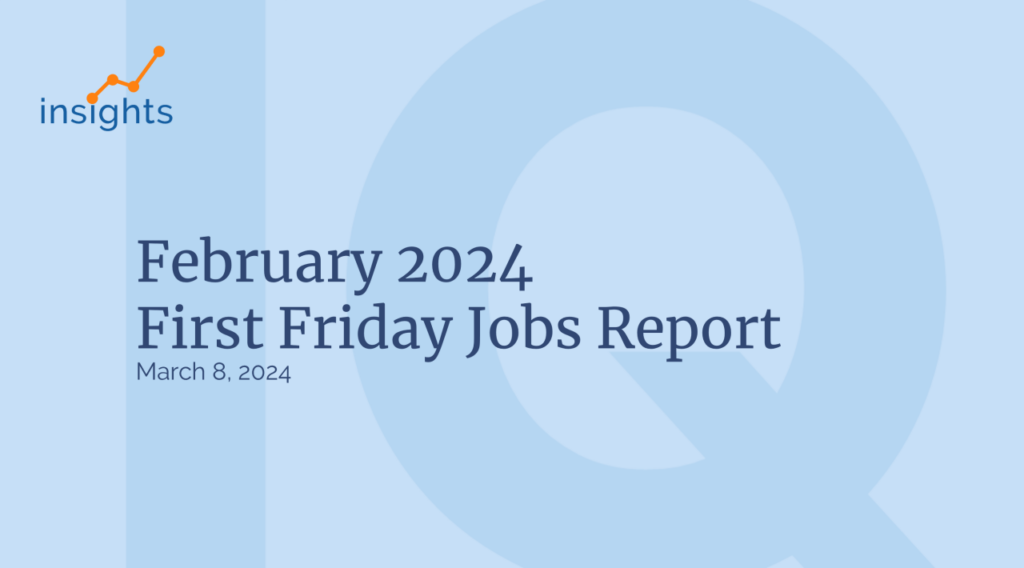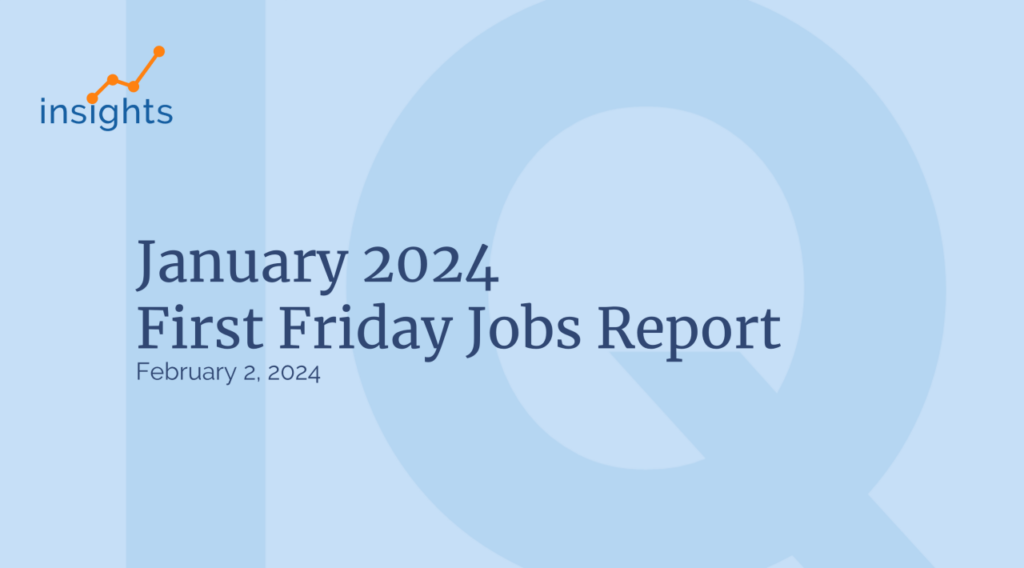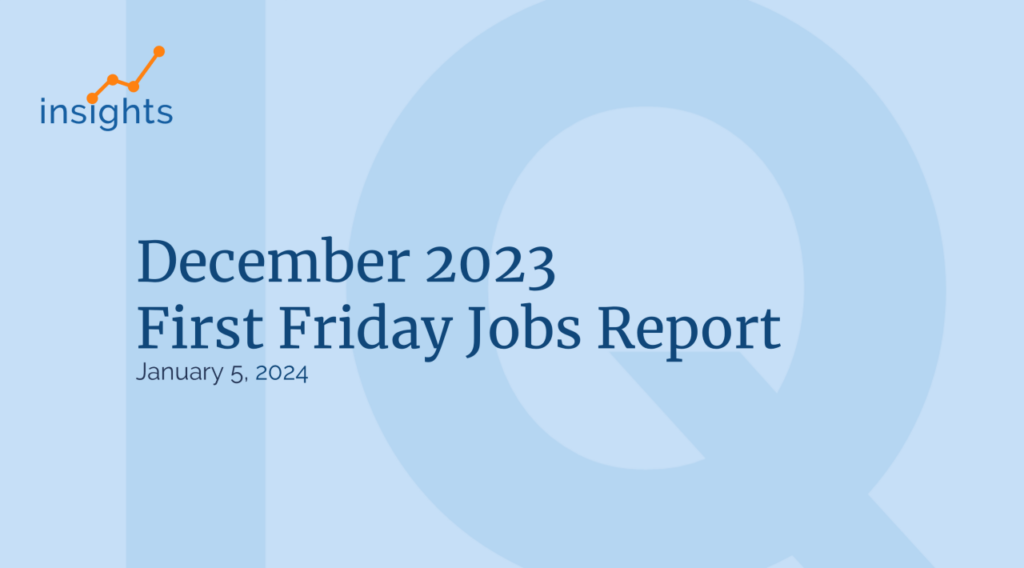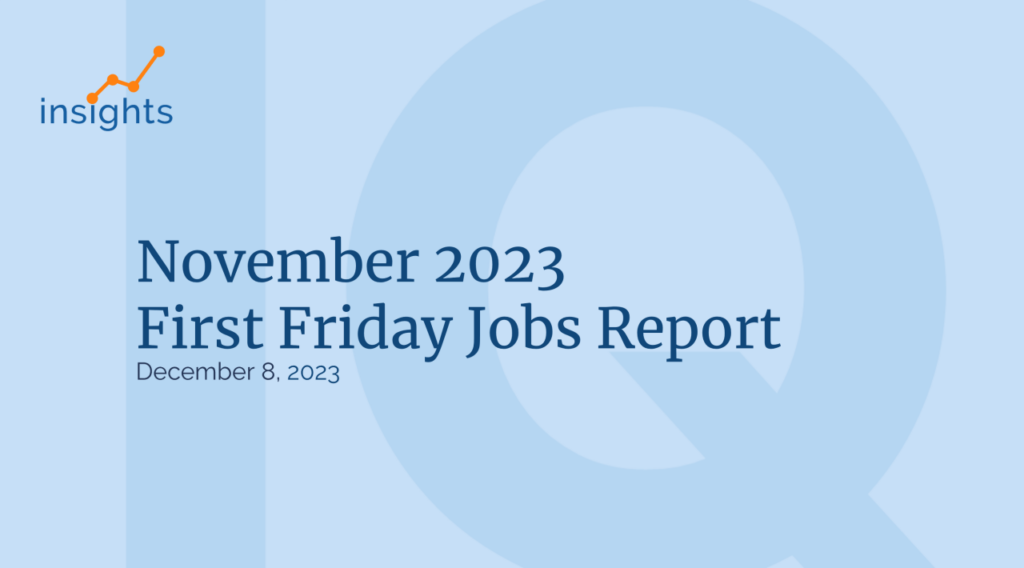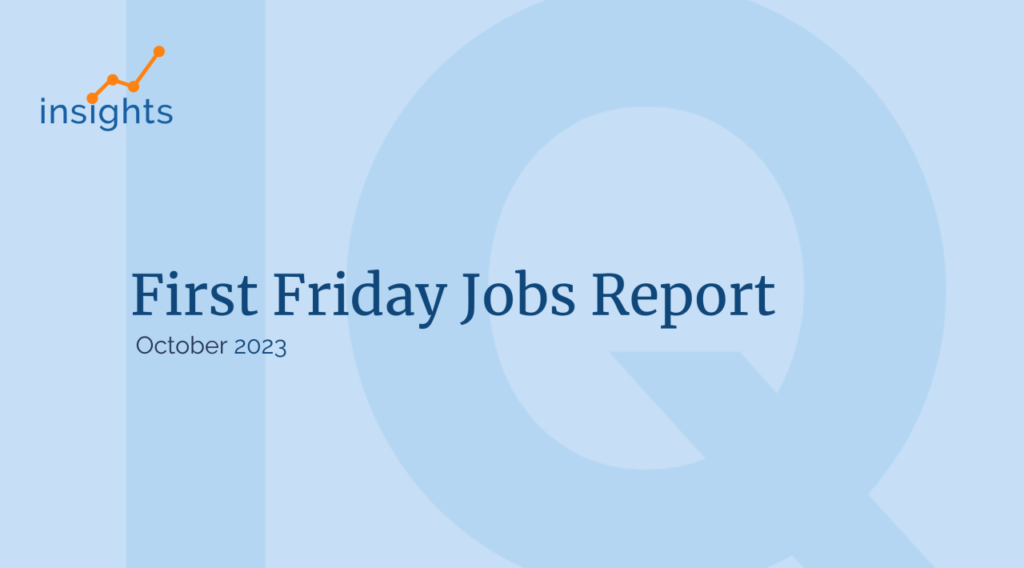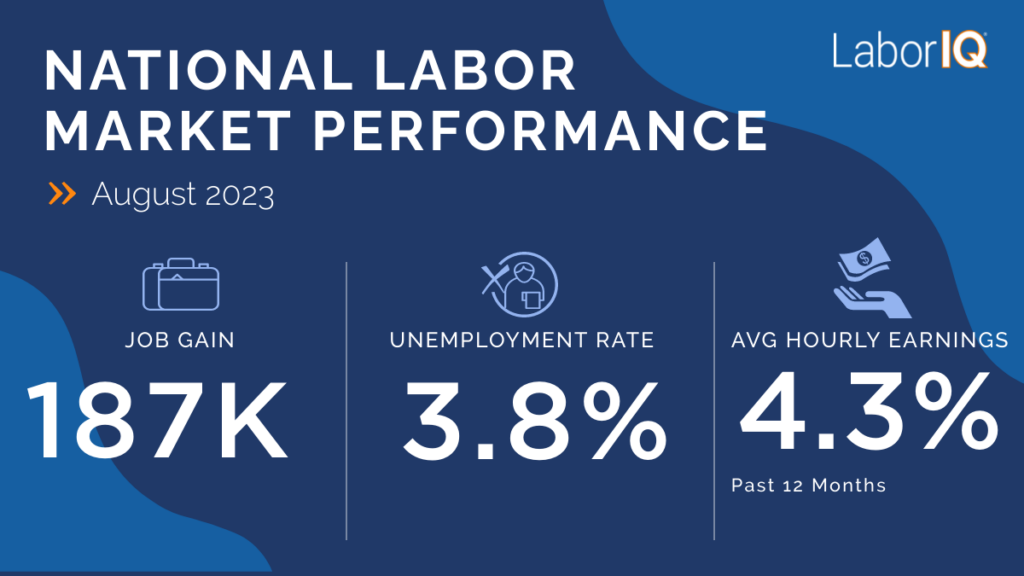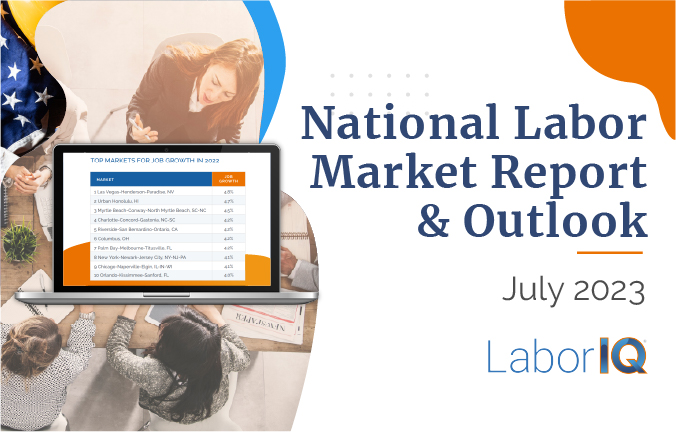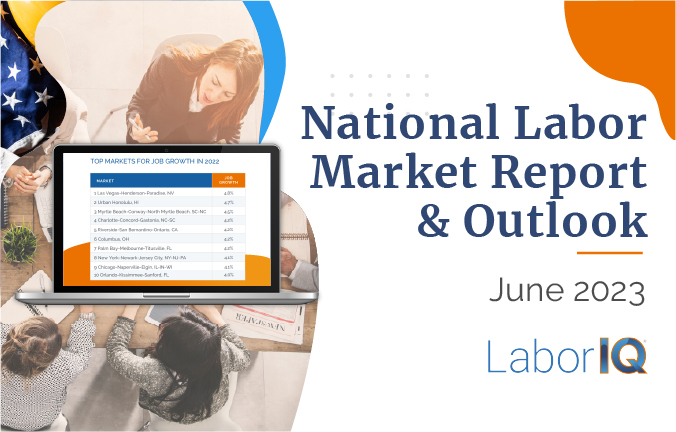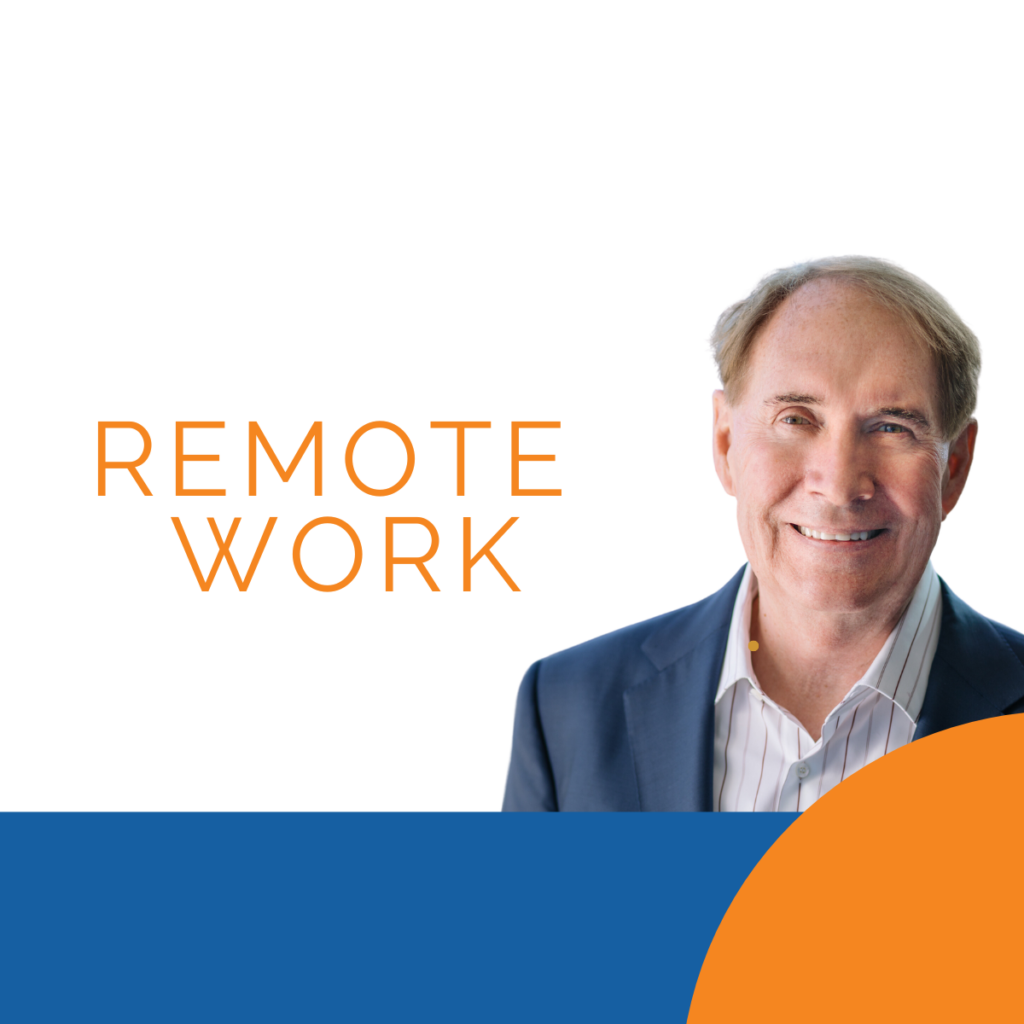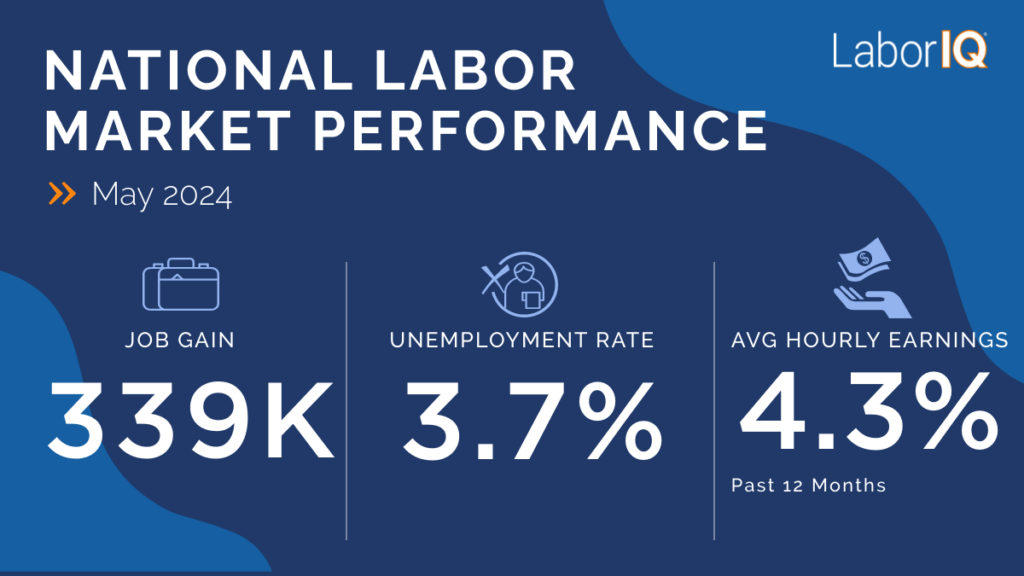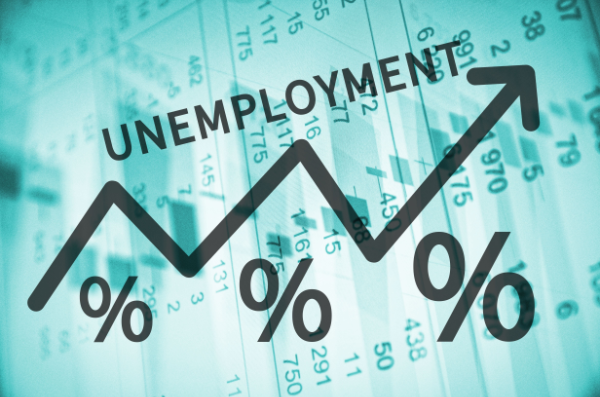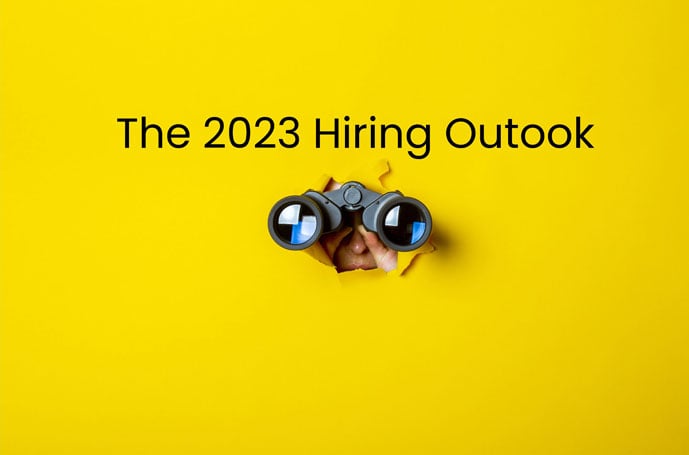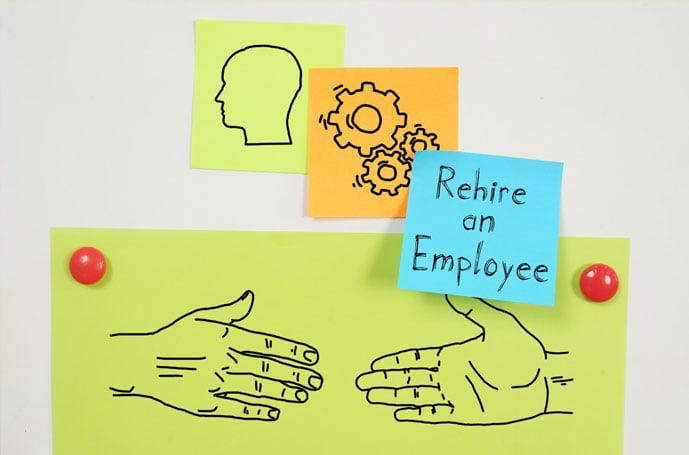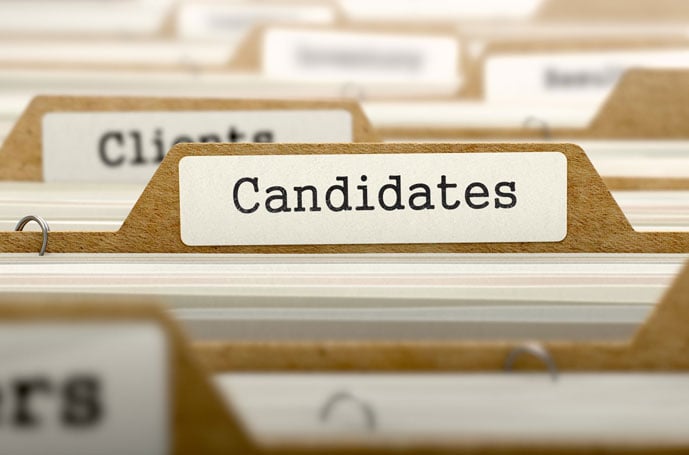Before delving any deeper into this blog post, let’s ensure we’re all on the same page about what workplace diversity actually means. In short, a ‘diverse workplace’ describes a workplace where individuals from a range of backgrounds and experiences are employed. This includes age, sex, ethnicity and sexuality, as well as religion, political beliefs, physical abilities, and disabilities.

So why is workplace diversity important? First, embracing workplace diversity rather than relying on nepotism shows a greater awareness of racial, gender, age, etc., microaggressions. It also ensures employees and future hires enjoy career advancement based on merit, irrespective of their backgrounds.
However, creating a diverse and inclusive workplace isn’t just the ‘right’ thing to do. There are other benefits as highlighted in the stats below:
- Racially diverse workforces outperform non-diverse teams by 35%.
- Diversity correlates with employee satisfaction, with as many as 57% believing companies should be more diverse.
- 78% of talent professionals say diversity impacts how they hire candidates.
The key takeaway: Diverse workplaces are more likely to foster better employee satisfaction, increase productivity and reflect the most ethical hiring practices.
That said, below are some of the top HR trends for 2022 that can foster more diverse hires.
Job Requirements are Broadening
The attributes contained in a suitable candidate profile are shifting. With the ongoing labor shortage, companies have become more relaxed about gaps in people’s resumes and previous experience. Instead, organizations are increasingly looking to test a candidate’s aptitude for learning and soft skills, such as time management, communication and teamwork.
As a result, businesses are broadening their talent pool to include candidates that may have previously been overlooked – and this seems to be bearing fruit. For example, a Harvard Business School report found that companies adopting such an approach are 36% less likely to face skills shortages.
How does this relate to diversity?
Interestingly, studies show women are more likely to only apply to jobs if they satisfy 100% of the job requirements. In contrast, the average man will apply if they meet around 60% of the prerequisites. As a result, where gender is concerned, opening up entry requirements should prompt a more diverse candidate pool.
Job Postings Will Use More Inclusive Language
Slight language tweaks can massively alter how different demographic groups view your job posting. For example, some gender-themed words have subtly masculine connotations that might turn female applicants away. Researchers from Duke and Waterloo Universities studied whether terms used in job ads impacted the numbers of women and men applying. They found that women were put off by words such as “superior,” “competitive” and “confident.” Similarly, in a separate UK study at Manchester Business School, researchers found that when words like “competitive,” “champion” and “confident” were dropped from recruitment language, more women applied.
In the same manner, entry-level job ads using overly technical jargon may be off putting to new candidates. Unsurprisingly, such sophisticated language could cause applicants to feel underqualified.
This is where a progressive style guide might come in handy. A business-wide style guide can help to ensure that the language used in recruitment and general day-to-day business combats subtle discrimination. Put simply, a progressive style helps ensure that when we write, use images or speak, we use language that reflects a broad range of identities and perspectives. Needless to say, this goes a long way toward creating a more inclusive workplace.
Expanding A Remote Workforce
The COVID pandemic meant businesses and employees had to adapt quickly to remote working practices. Interestingly, this shift in working style has had several positive impacts on diversity. For example, it’s made it easier for candidates to apply for roles that were previously geographically too far away. It’s also made it easier for employees with disabilities, who may find it challenging to commute to an office.
AI Technology Will Play a Larger Role
Using the right software will play an increasingly important role in executing diverse hiring practices. AI technology can predict shortages of particular employee characteristics and attributes. For instance, alerting you if more women than men are quitting their jobs, or that you are receiving more applicants from a particular age group or demographic over others.
Software like LaborIQ provides strategic insights into hiring opportunities, enabling you to source more diverse talent from a much wider candidate pool. For example, it can help organizations identify the labor market’s diversity in specific geographic locations and enable you to compare local diversity figures.




